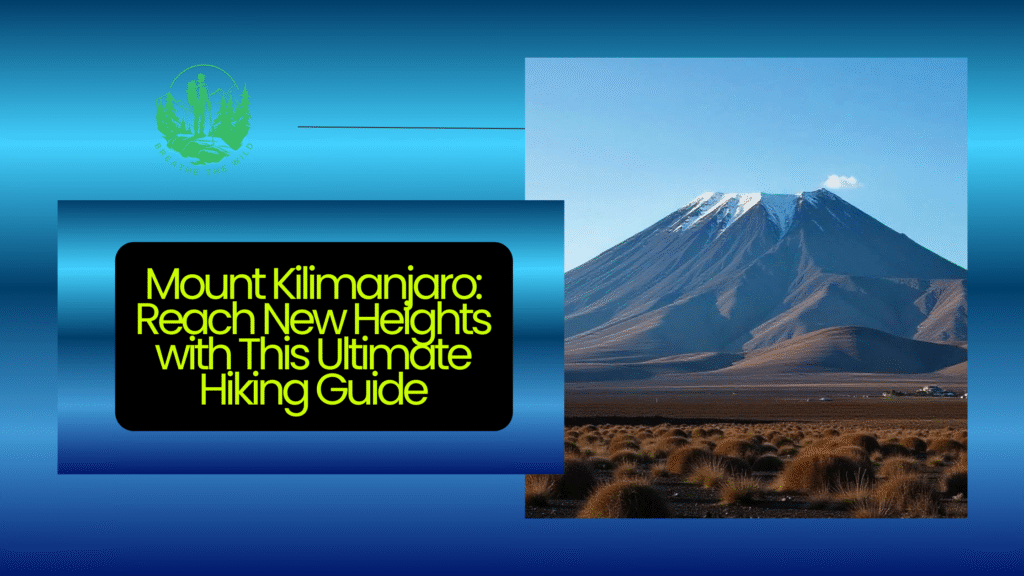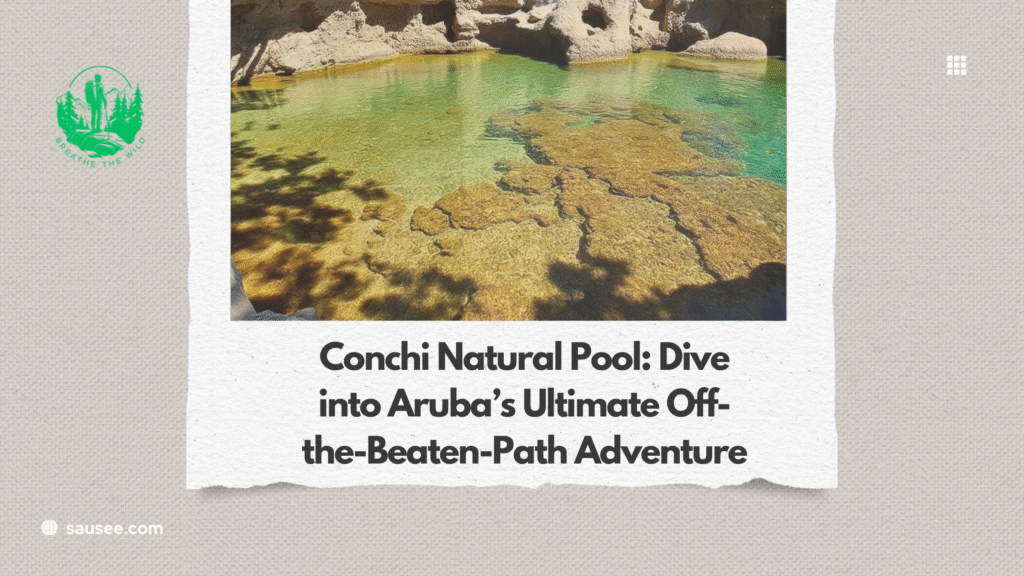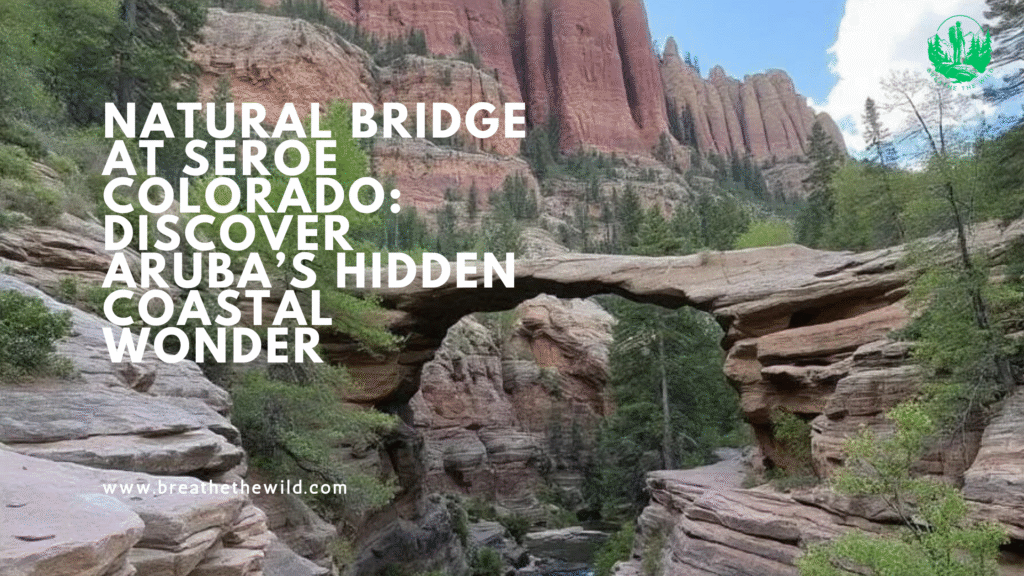Table of Contents
Introduction: Why Mount Kilimanjaro Is the Hike of a Lifetime
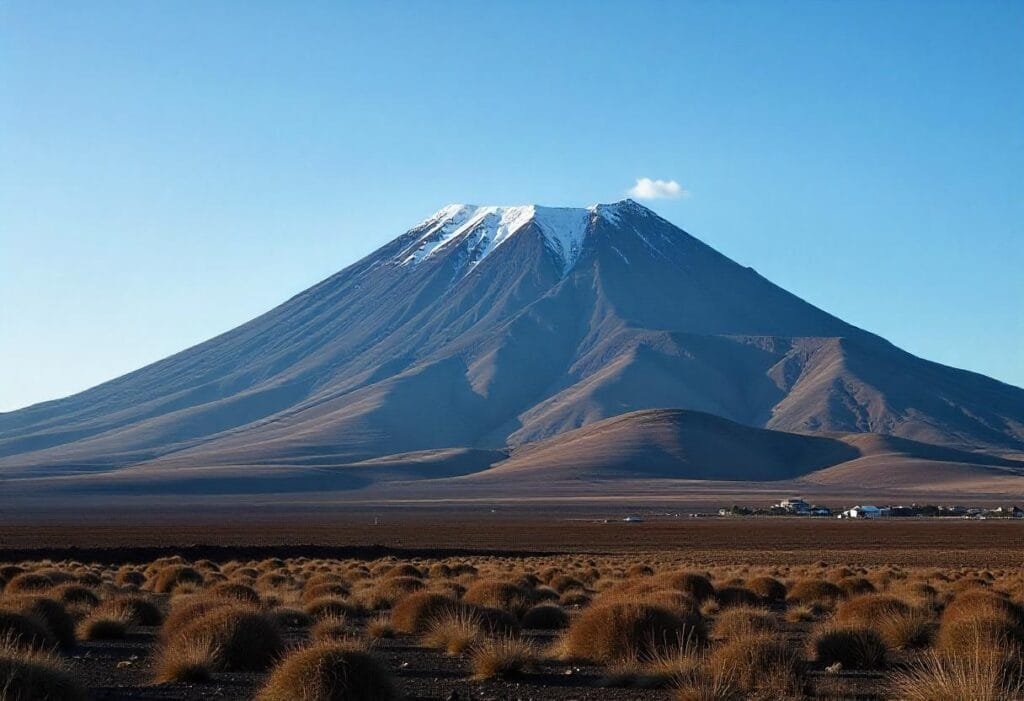
Mount Kilimanjaro, which just shot up tall out of the African plains, is not only the highest Mountain in all of Africa, but a dream hike destination on many hikers’ bucket lists worldwide. This long-extinct stratovolcano mountain ranks vertically high above the plains of northeast Tanzania to 5895 meters (19341 feet); hence, it is a memorable adventure that takes one through lush rainforests to a dry desert and glaciers.
Nevertheless, Mount Kilimanjaro requires no climbing skills other than most of the tallest mountains in the world, hence a possibility for the average adventurer of conquering one of the seven summits. Kilimanjaro is the experience of self-challenge and offers a rare experience of navigating the untouched landscapes and the vast range of scenery and wilderness with many routes to the summit, as long as you are fit enough.
Will you be a first-time high-altitude hiker or just a very experienced trekker? Either way, this is how to do it the best you can: a guide to helping you through this step-by-step process of learning what you need to learn about your choices of paths, how to prepare your gear, and be prepared to take on the famous Roof of Africa with smugness.
Meet the Giant: What Makes Mount Kilimanjaro So Special
First of all, Mount Kilimanjaro is the highest mountain in Africa, but by far, it is also the highest freestanding mountain in the world. Standing as a magnificent spectacle with its peak capped with snow with this volcanic giant rising up majestically to a height of 5,895 meters (19,341 feet), this volcano is a marvel to behold as it throws into dramatic relief the vast plains of Tanzania and is part and parcel of the Kilimanjaro National Park which is another designated site by UNESCO under the World Heritage site.
This is what makes Kilimanjaro such a vicious journey due to having to pass through five climatic zones as you climb, and this will include starting with the tropical rainforest and climaxing with the summit-like climate of the Arctic.
Mt. Kilimanjaro is a stratovolcano and a phenomenon of geology that is brought about by volcanoes that are more than a million years old. It is made up of three cones with the Kibo that is inactive, dormant Mawenzi, and extinct Shira. The mountain draws mountainers and nature lovers of the world not merely to undergo the physical challenge of the journey but also due to the raw natural beauty, the cultural adventure that would come along with the Chagga guides and porters, and hence the spiritual euphoria after the climber reaches Uhuru peak, the highest mountain of Kibo.
Route Rundown: Choosing the Right Path to the Summit
After you have made up your mind on planning a trekking trip in Mount Kilimanjaro, one of the most critical measures that you can make is to select a route. There is a wide variety of main hiking trails which vary by the level of difficulty, scenic beauty, and success ratio.
- Machame Route: Otherwise known as Whiskey Route, it is picturesque and demanding, which makes it very successful with high rates of acclimatization. It should be performed in 6-7 days in general.
- Marangu Route: Other names given to it are the Coca-Cola route and the only trail that people use is the lodging in huts, and it is quite an easy trail, although with a very low success rate due to the steep climbing.
- Lemosho Route: The most beautiful route and possibly the least travelled, Lemosho is most commonly, on average, 8 days and an ideal acclimatization route.
- Rongai Route: It is located nearer to the north, and it is a wilder, drier experience. Proper in the rainy season.
- Northern Circuit: 89 days; least visited, the longest, and quietest. It provides incomparable sights and high achievement because of the gradual increase in altitude.
All this will depend on how fit you want to be, your background of high-altitude trekking trips, the time one has, and how you prefer comfort, crowds, and sightseeing.
Altitude Awaits: Understanding the Climb and Acclimatization
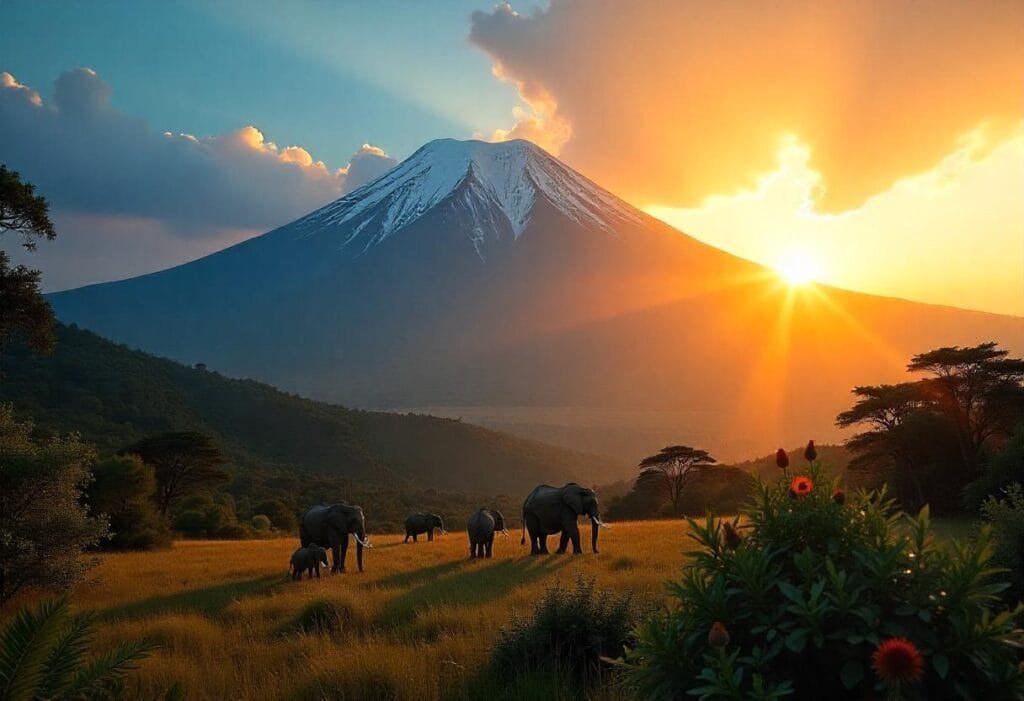
What is needed to climb Kilimanjaro is not endurance alone but rather high-altitude adaptation. The summit, Uhuru Peak, stands 5,895 meters (19,341 feet) above sea level, and climbers will traverse some key elevated zones; montane forest, heath, moorland, alpine desert, and arctic summit. This makes the climb both mental and physical.
One of the most dangerous conditions and yet a very possible development is the Altitude Sickness (AMS), which may result in headache, nausea, dizziness, among other symptoms; in other extreme cases, it may even take some lives- it is therefore vital that one climbs well acclimatized. That is why the most successful stories are those that go outside for longer (7+ days) to allow the body to adapt.
A standard tour itinerary can be such as the one below:
- Day 1–2: Trek through lush rainforest up to moorland.
- Day 3–4: Acclimatization hikes and crossing of the alpine desert.
- Day 5–6: Early summit push under starlight, followed by descent.
- Day 7: Final descent and celebration.
Slow and steady, lots of water, and going by how you feel are vital tips to make your best attempt to the summit and stay safe.
Check Out: Mount Mulanje: Discover a Breathtaking Hiking Paradise in the Sky.
When to Climb: Best Seasons for a Successful Kilimanjaro Hike
Timing is the key when you go to climb the mountains, and particularly Mount Kilimanjaro. Though technically possible to climb the mountain during the entire year, two peak dry seasons, i.e., January to March, and June to October, ensure that the conditions involving hiking will be best at this time of the year. These are the months of blue sky, little rain, and long visibility, the ideal months to enjoy the panoramic views of the summit and the photography.
The months January to March are usually cooler and occasionally snowcapped at the peak, and therefore, the right choice for visitors who would want a space better suited to them. Europe and North America have summer holidays from June to October, and being so, it is more crowded but with stable, good weather.
One should be in a position to avoid the rainy seasons, April-May and November. Trails are getting muddy and visibility is reduced, and there are high possibilities of altitude sickness due to irregular acclimatization conditions. In order to be in a good and positive climb, make sure that the planning goes well and aim for the shoulder months in case you want fewer crowds in the form of visitors but not awful weather.
Gear Up: What to Pack for Mount Kilimanjaro
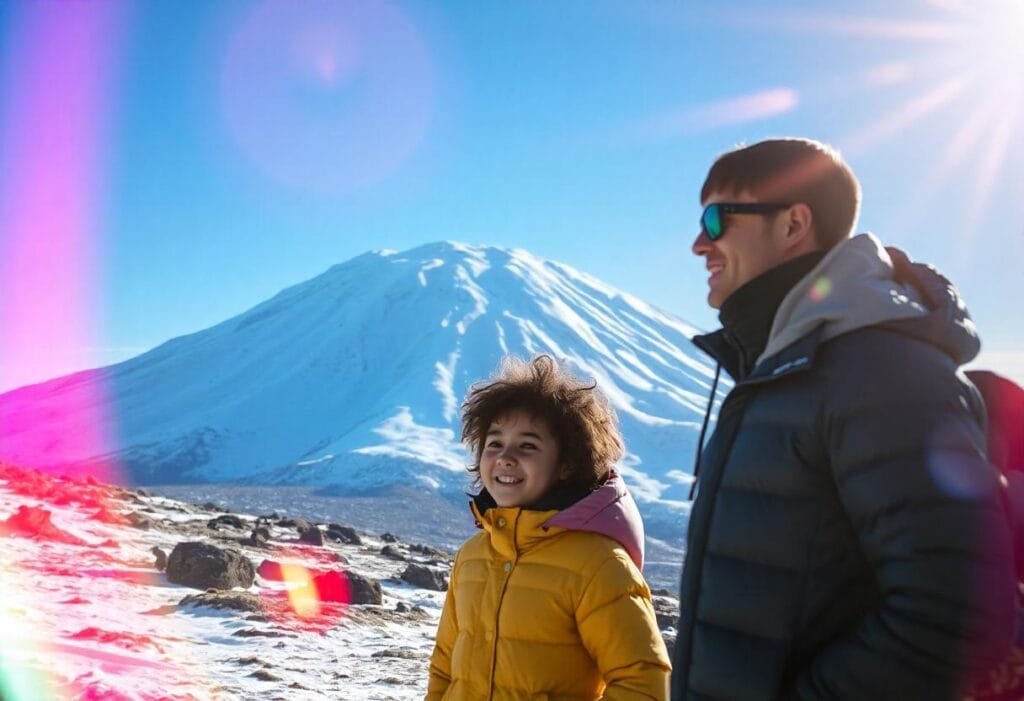
The most essential instrument for the success and comfort that you will experience in the course of your climb on Mount Kilimanjaro is the pack. Whether you porter trek the weight of your own baggage, the most effective way to adapt to the five climate zones to which you will be exposed, on the mountain, is through layering.
Essential gear includes:
- Base layer, mid layer, down jacket.
- Waterproof/Rain/snowproof, i.e.. shell (jacket and pants) in case of rain/snow, got caught in a storm.
- Comfortable, good hiking shoes, waterproofed, well-worn.
- Snacks, headlamp, hydration them/ necessities/ gloves.
- Four-season sleeping bag ( -10C/14F and lower).
- Hiking sticks, sunscreen, ssunglassesand lip line.
A porter is thus a bonus because your day Pack should be as minimal as possible with the respective necessities on a day-to-day basis, with the rest of it in your duffel bag (weighing not more than 15 kg). Select the option of moisture transferring fabrics, and cotton is not a good choice. Put money into training to put yourself in a position where you can survive in almost intolerable temperatures, the cold of the alpine range, or somewhere in between.
Fitness First: How to Train for Mount Kilimanjaro
Hiking the mountain Kilimanjaro is not a technical mountaineering expedition, but a decent level of fitness will guarantee that your experience on the mountain will be exponentially better, as will the outcome of the fact that you have done it. The target endurance, cardiovascular, strength training, and the most significantly, altitude training.
Training should be a minimum of 2 months before. Hike on a very mixed terrain, which is mostly cumbersome with a heavier backpack, and get yourself used to such an environment as on the trail. Combine your hikes with other body workouts (cardiovascular) such as running, cycling, or climbing up the stairs, 3-5 times/ week. Some exercises that are effective in toning up and building stamina should include exercises such as lunges, squats, and planking, which focus on core and leg muscles.
It is imperative as a psychological strength. Learn to take it slow, walk slowly (“pole pole” in Swahili), and get used to living uncomfortably. Where possible, acclimate your body to the simulated altitude training prior to a true climb.
What It’s Really Like: Daily Life on the Trail
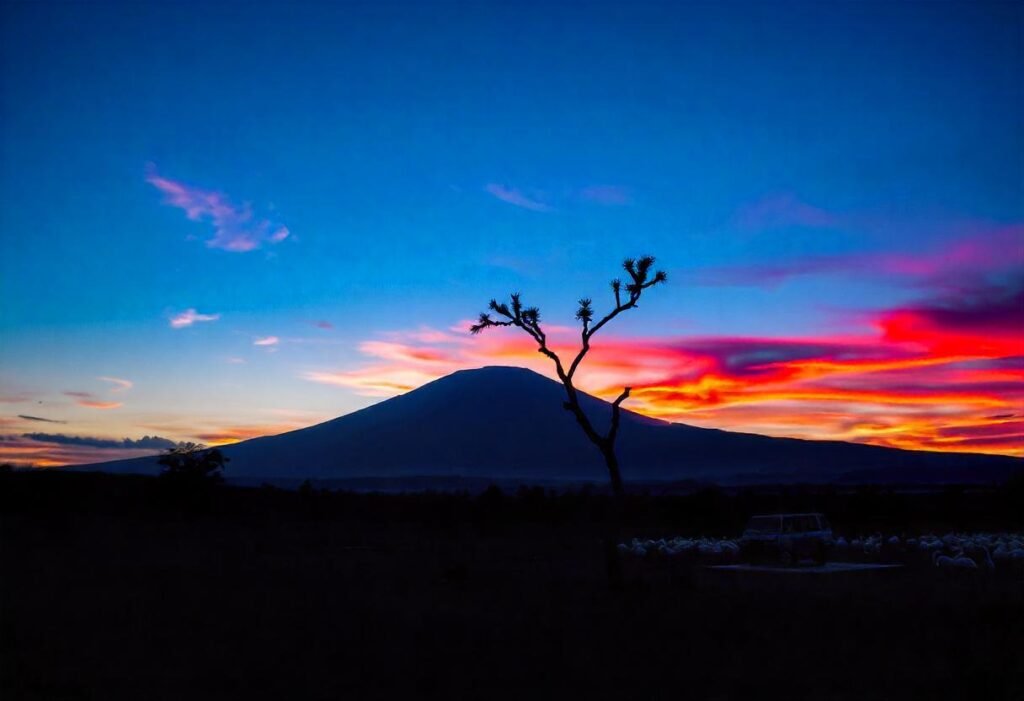
The day starts early on the mountain of Kilimanjaro. It starts with a wake-up call where hot tea is served and you have to pack, a good breakfast is taken after that, and you move throughout the day under the guidance of the guides. Porters take ahead the gear and develop camps.
It is estimated that there will be 4-8 hours of hiking each day, besides 12 hours on the night of the summit. The lunch is usually in the trail or at some pretty turnout. We get there, exchange wet clothing with dry, get our dinner in the mess tent, and retire early, as you have to be on the trail the next morning.
Not fantastic, but will suffice. Hygienically-wet wipes, hand gel, and quick-dry towels must be brought. Altitude adaptation is not identical; one can get fatigued and have a headache. The night skies in most of the campsites are breathtaking, and there is no better group to be in a camp than hikers.
All your teachers/ staff are very well qualified and supportive. Besides steering the way, they will also encourage you, manage your health, and enable you to sleep at Uhuru peak in a confident way.
Conclusion: Conquer Mount Kilimanjaro, the Roof of Africa
It is not a hike, it is a journey that would change your life as you move higher to climb Mount Kilimanjaro. Just enjoy a walk forward the thick green rainforest in the fringe, and the next step would be towards the snow-covered hills in the UHUURU mountain, where another ecosystem presents itself and new physical activities also emerge along with the wonderful landscape. Kilimanjaro is just as accessible to any novice trekker as to those who have endured tough hikes, as well as those who have dreamt of hiking with a pair of hiking boots on their feet and given even a simple fleeting thought of doing so.
Physically, mentally, logistically, with some preparation, you can turn the bucket list entry into an amazing success. Select the path you can manage, be well prepared, make considerations on what you are carrying, and of course, respect the mountain. The ascent to the top of Mount Kilimanjaro is never about hitting brilliance in height, it is about the search for force, concentration, and wonder, which is in the essence of Africa.
For more info: Click Here.
FAQs
How many days are needed to get to Mount Kilimanjaro?
The average trek time has changed to between 5 to 9 days depending on which route is to be followed. The point is that the more itineraries, the more chances of being on the peak since you are more acclimatized.
I have to know whether I will require any previous climbing experience in order to ascend Kilimanjaro.
There is no technical mountaineering experience required. Nevertheless, you have to be athletic and like spending time hiking on several days of touring high altitudes.
What would qualify as the most appropriate way of ascending to Mount Kilimanjaro?
We have Machame, Marangu, Lemosho, and Rongai routes. Machame and Lemosho have better sights and acclimatization,n and Marangu is commonly referred to as the Coca-Cola Trail because people spend nights at huts.

